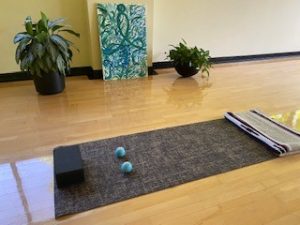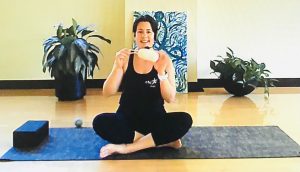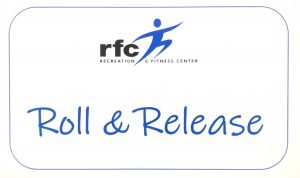 Fascial health, research, and the practice of self-myofascial release (SMR) has exploded in the health and fitness industry over the last several years. Curious as to what all the hypes about? Let’s dive in!
Fascial health, research, and the practice of self-myofascial release (SMR) has exploded in the health and fitness industry over the last several years. Curious as to what all the hypes about? Let’s dive in!
What is Fascia?
Fascia is an interconnected form of connective tissue in the body (tendons, ligaments, cartilage, and bone are some others). There are two main fascial layers. Try to envision the first one, the superficial layer, as a full body “saran wrap” compression suit that sits just beneath the skin. This superficial fascia covers you from head to toe.
The second layer or the deep fascia, encases muscle, bone, nerves, and blood vessels. The coordination of this functioning chain results in how we move our bodies. You can imagine if there’s a weak link in the chain, compensations and inefficiencies can lead to dysfunctions in how we move and can ultimately result in injury.
The Benefits of SMR
The sports medicine world is really waking up to the importance of these fascial layers and how a self-myofascial release practice is a non-invasive mode of manual therapy that is critical in keeping the fascia healthy.
Researchers know that when we are immobile for a prolonged period (think sitting at a desk or a long travel day), the fascia becomes compromised. Lack of movement results in dehydration of the fascia layers where the tissue becomes sticky like Velcro. In turn, you may start to feel tightness, tension, and discomfort. Taking a pause for a self-myofascial release session can help hydrate the tissues, promote relaxation, improve both joint range of motion and neuromuscular efficiency, as well as reduce soreness, trigger points, and pain.
Tools and Methods for Fascial Health
Today you can find foam rollers in various sizes, densities and colors, handheld devices, as well as tennis and therapy balls. What you choose is a matter of experimentation and preference. Yes, the foam roller can cover more surface area is a shorter period, however using one or two therapy balls can be helpful in accessing some of those smaller, deeper areas.
and therapy balls. What you choose is a matter of experimentation and preference. Yes, the foam roller can cover more surface area is a shorter period, however using one or two therapy balls can be helpful in accessing some of those smaller, deeper areas.
The actions of applying pressure using some of these tools and adding in a bit of movement (rolling and shearing) will increase lubrication in the fascial layers contributing to smooth gliding of the tissues. This gliding, reduces the Velcro like adhesions, resulting in fluid movement, and overall reductions in both pain and inflammation.
When to Utilize SMR
I’m often asked when a SMR practice is appropriate:
- Pre-sport/activity warm-ups (5-10 minutes): The rolling/shearing movements, increase both circulation and muscle temperature. This has shown to improve muscle activation in athletic performance.
- Post sport/activity cool-down (10-15 minutes): By increasing the glide and hydration of the tissues, the viscoelastic properties of the fascia change leading to an increase in range of motion. This supports fascial healing through alleviating muscle fatigue, any soreness you may be experiencing, and improves recovery time.
- Aside from exercise, a bit of rolling in the morning to start the day, a mid-day session for a movement work break, a way to unwind at days end, …there’s never a bad time to implement SMR!
If you’re new to a self-myofascial release practice, there are a few key concepts to follow:
- Experiment with applying pressure to the foam roller/tennis balls first. Sinking into these props while relaxing your breath will allow for a few moments to connect with sensation.
- While still applying pressure, experiment with adding movement via rolling and shearing (demonstrated in the attached video). Keep in mind that some areas may be more intense than others pending where you’re holding tension. If sensations are sharp, tingling, or painful discontinue working that area. More is not always better!
- In general, 30-90 seconds of rolling per area is recommended. Relax and breathe. This is where the magic happens!
 Are you ready to roll, release and rehydrate your fascia? Join me on the mat with this 26-minute practice. You will need two tennis or therapy balls of the same size, one sock, and a block or cushion.
Are you ready to roll, release and rehydrate your fascia? Join me on the mat with this 26-minute practice. You will need two tennis or therapy balls of the same size, one sock, and a block or cushion.
Enjoy! Roll & Release
Resources
- Frontiers | A Meta-Analysis of the Effects of Foam Rolling on Performance and Recovery | Physiology (frontiersin.org)
- A systematic review and meta-analysis of the effects of foam rolling on range of motion, recovery, and markers of athletic performance - ScienceDirect
- The immediate effect of bilateral self-myofascial release on the plantar surface of the feet on hamstring and lumbar spine flexibility: A pilot randomized controlled trial - PubMed (nih.gov)
